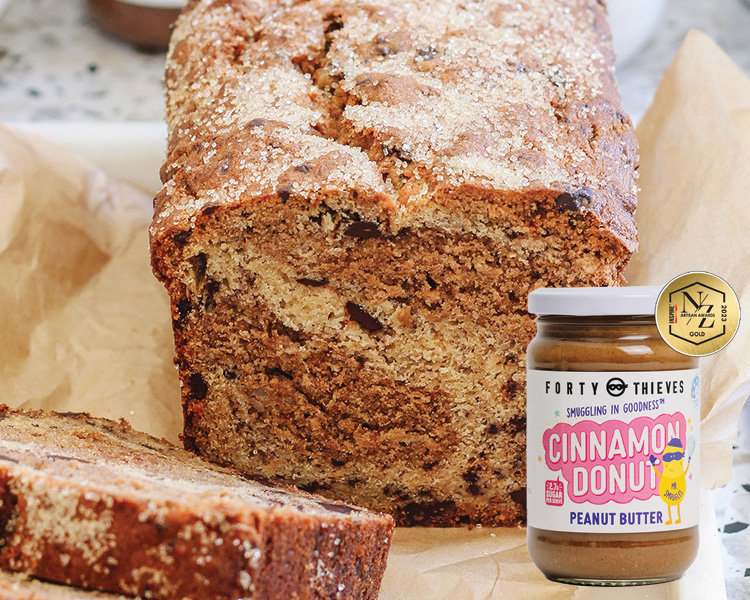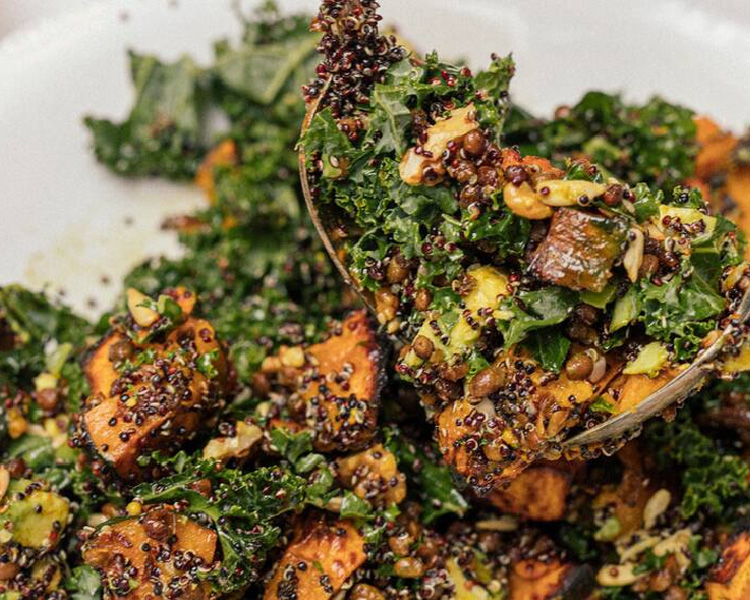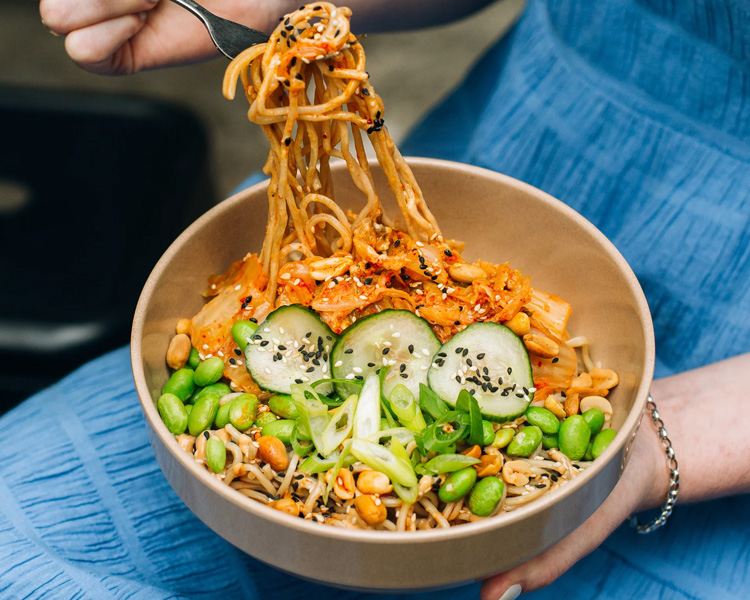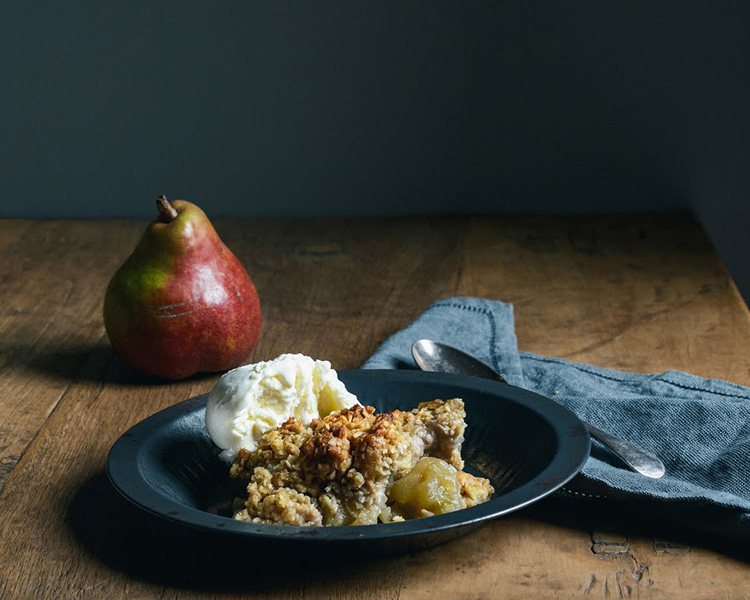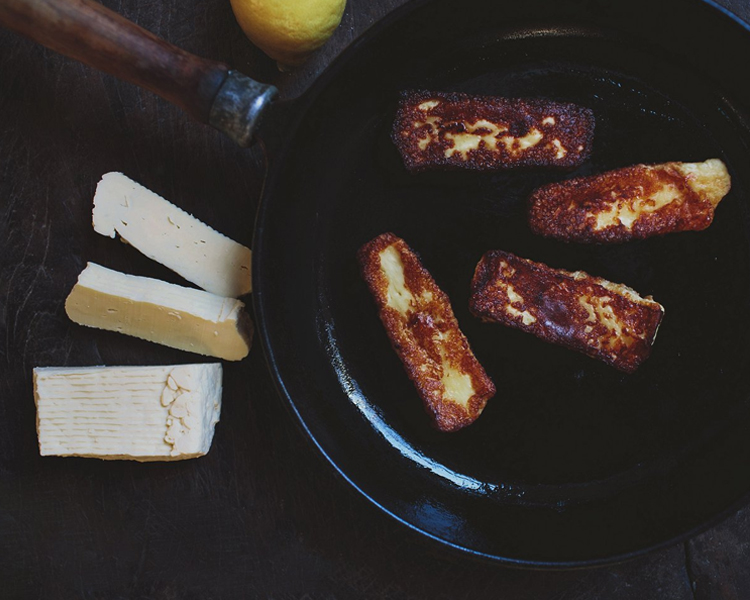
Originally from Cyprus, halloumi is a semi-hard, unripened cheese traditionally made from sheep or goat's cheese or a mixture of both and is now often made from cow's milk too. It is firm with a rubbery/squeaky texture and has a salty, slightly tangy flavour. It has a high melting point so is excellent for cooking and can also be eaten raw.
Halloumi is a traditional cheese in Cyprus and was relied on by farmers as a source of protein. It was originally made from sheep and goat's milk because there weren't many cows on the island until the 20th century. However, due to high demand halloumi is now produced using cow's milk too because it is easier and cheaper to buy. Cypriots traditionally eat halloumi for breakfast, as part of a light meal or a side dish. They would often eat halloumi with watermelon in summer.
It is very high in protein and calcium and contains zinc, selenium, magnesium, vitamin A and many of the B vitamins. It is also quite high in fat and salt.
Sometimes halloumi is packed with mint because it is believed that mint helps it to stay fresh and flavourful.
Halloumi can be eaten sliced or cubed then grilled, fried, baked or barbecued. It can also be sliced or grated and eaten raw.
Ways to eat halloumi:
- cubed or sliced, grilled or fried and added to a curry
- cubed, put on a skewer for kebabs and then grilled or barbecued
- sliced and used as a pizza topping
- sliced, grilled and added to salads
- sliced, grilled and put into a sandwich or burger
- sliced and added to a tomato and vegetable bake
- grated and added to fritter mixture
- cut into sticks and deep fried
- sliced, grilled or fried and eaten as a side to meals as a meat alternative
Moore Wilson's stock halloumi from Food Snob, Whitestone Cheese, Zany Zeus and more.

